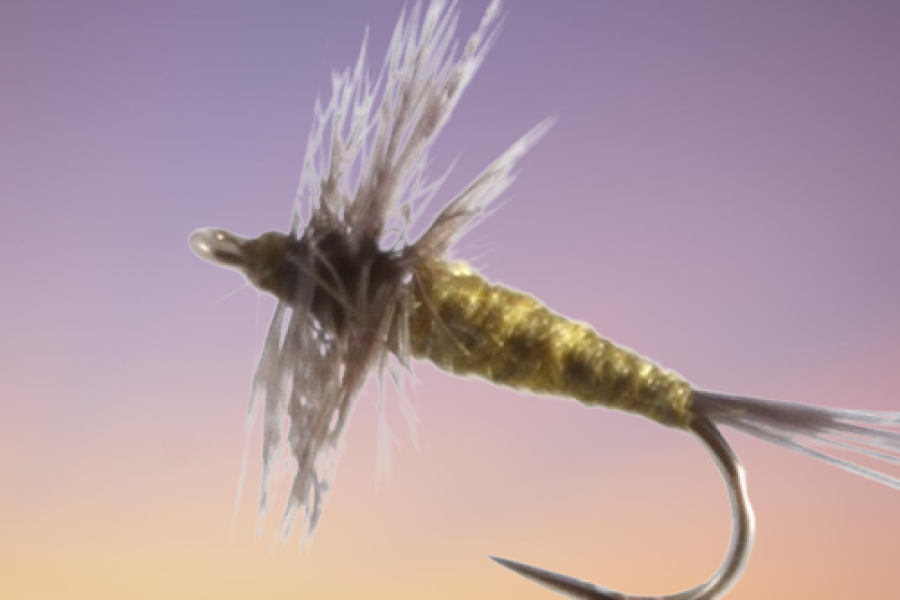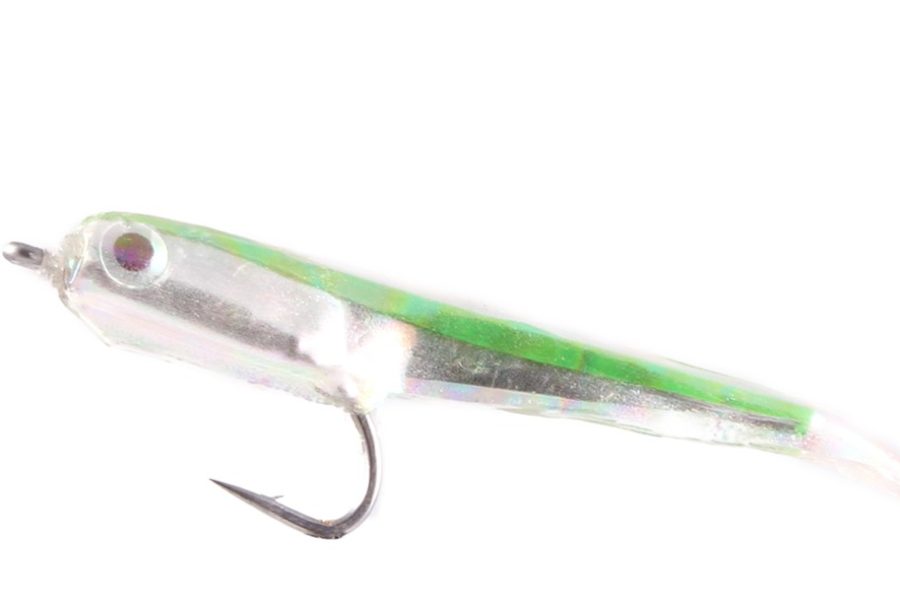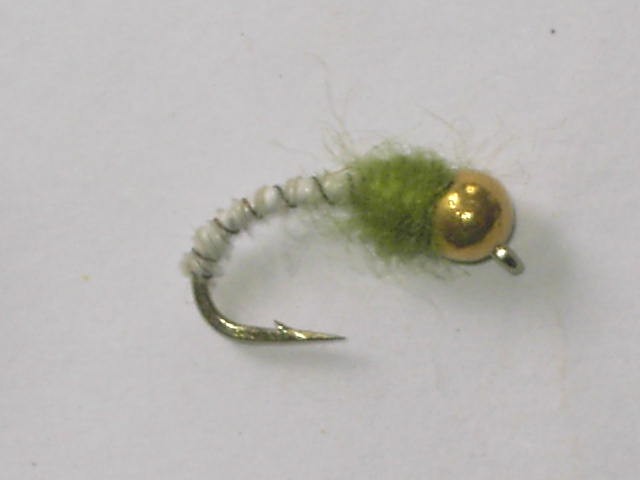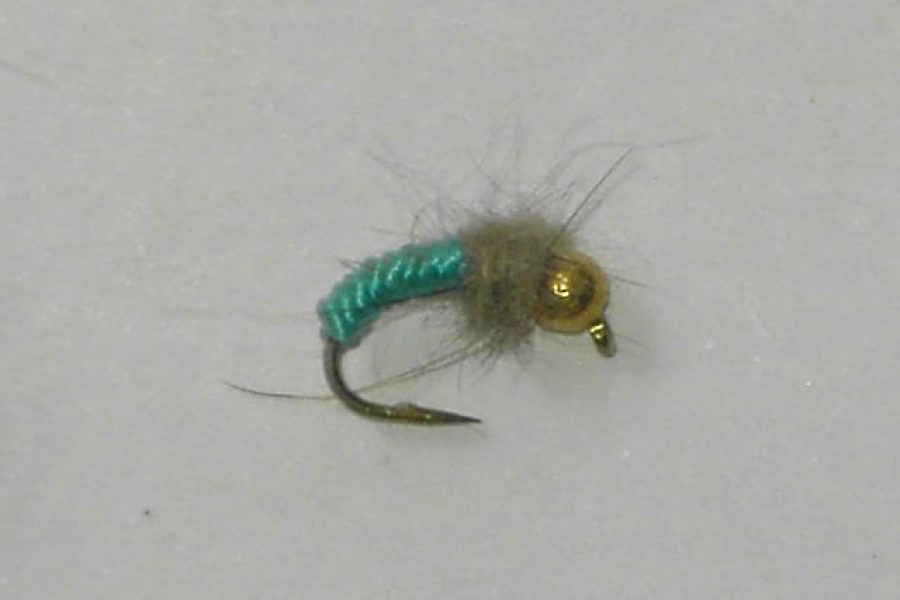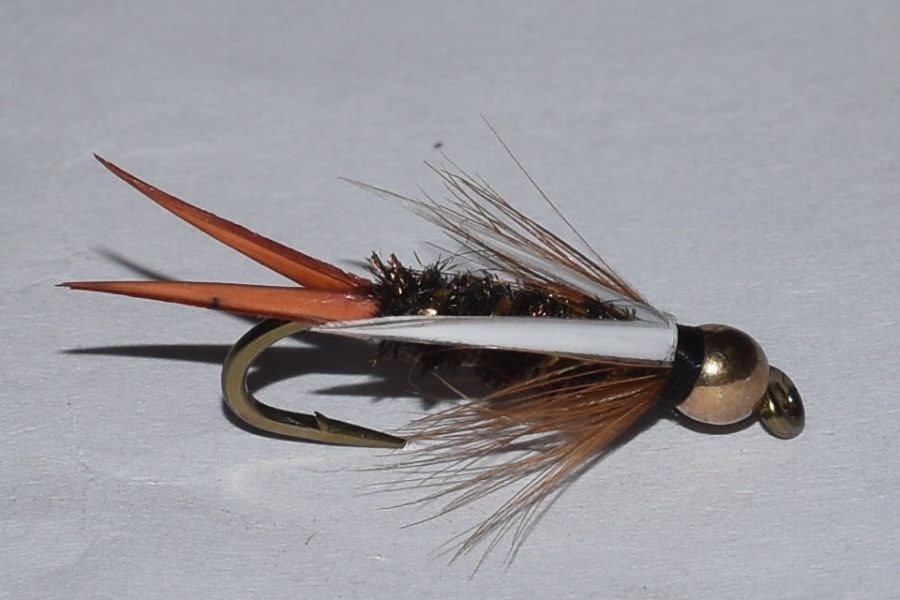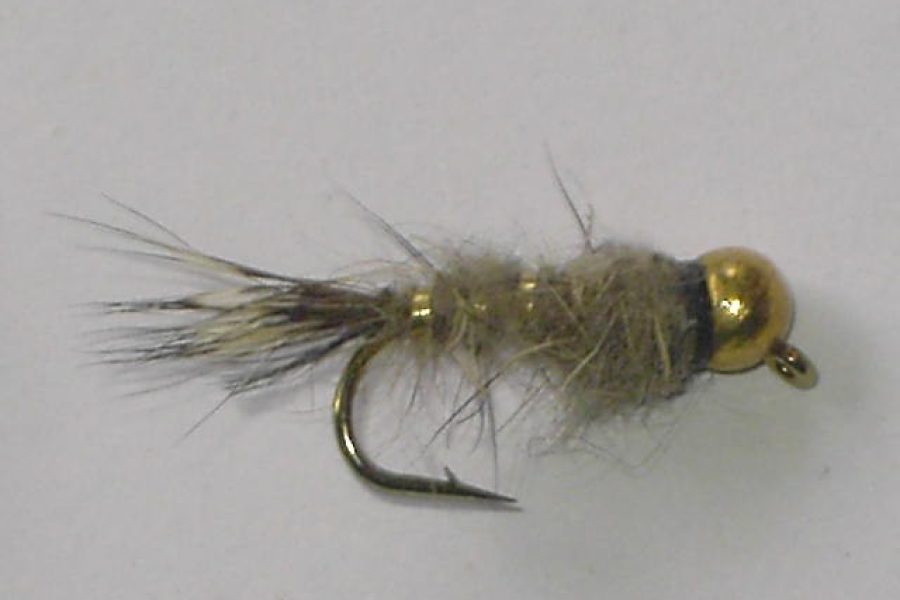Description
Product Overview and Heritage The Tungsten Biot Nymph White represents the pinnacle of modern fly design, combining the time-tested effectiveness of biot bodies with cutting-edge tungsten technology. This sophisticated pattern emerged from the competitive fly fishing scene, where its pristine white coloration and precise construction have proven devastatingly effective across various water conditions. The pattern’s development reflects decades of refinement in European nymphing techniques, resulting in a fly that excels in both traditional and modern presentations.
Design Philosophy and Material Innovation At the heart of this pattern lies a meticulous attention to detail, featuring:
- Premium tungsten beadhead for optimal sink rates
- Hand-selected white goose biots
- Ultra-fine synthetic dubbing
- Competition-grade barbless hooks
- Specialized ribbing material
- UV-resistant thread construction
Each component is carefully chosen to enhance the pattern’s durability, presentation, and fish-catching ability while maintaining its distinctive white profile that triggers instinctive strikes.
Technical Specifications
Hook Characteristics:
- Competition-grade barbless design
- Available sizes: 14-20
- Wide gape configuration
- Chemically sharpened points
- Heavy-wire construction
- Optimal bend geometry
Bead Properties:
- Precision-machined tungsten beads
- Size-specific weight calibration
- Countersunk design
- Matte finish option
- Secure attachment method
Construction and Tying Process The pattern’s effectiveness stems from its precise construction methodology:
- Carefully measured proportions
- Symmetrical biot placement
- Graduated body tapering
- Reinforced thread base
- Strategic weight distribution
- Enhanced durability features
Fishing Applications and Techniques
European Nymphing:
- Perfect for tight-line presentations
- Superior depth control
- Enhanced strike detection
- Effective in varying currents
- Ideal for short-line techniques
Traditional Nymphing:
- Excellent indicator pattern
- Versatile searching technique
- Multiple water column applications
- Clear water effectiveness
- Various retrieval options
Seasonal Effectiveness
Spring Performance:
- Post-runoff clarity periods
- Early season hatches
- Rising water temperatures
- Morning feeding windows
- Evening activity periods
Summer Applications:
- Deep pool presentations
- Fast-water situations
- High-altitude streams
- Early morning sessions
- Late evening fishing
Fall Tactics:
- Pre-spawn feeding periods
- Cooling water conditions
- Changed light situations
- Transitional depths
- Mixed insect activity
Winter Strategy:
- Tailwater applications
- Deep winter runs
- Midday feeding windows
- Slow-water presentations
- Temperature-dependent activity
Habitat and Water Types
River and Stream Applications:
- Pocket water effectiveness
- Deep run presentations
- Riffle section tactics
- Current seam fishing
- Undercut bank approaches
Stillwater Techniques:
- Deep-water presentations
- Structure-oriented fishing
- Drop-off zones
- Weed bed edges
- Basin fishing strategies
Target Species and Behavior
Primary Target Species:
- Brown Trout
- Rainbow Trout
- Brook Trout
- Grayling
- Whitefish
- Cutthroat Trout
Feeding Behaviors:
- Opportunistic feeding
- Selective takes
- Aggressive strikes
- Pattern recognition
- Depth-related activity
Rigging Recommendations
Leader Setup:
- Fluorocarbon tippet preferred
- 5X-6X tippet strength
- 9-12 foot leader length
- Tippet ring applications
- Loop-to-loop connections
Multi-Fly Configurations:
- Point fly applications
- Dropper rig setups
- Tandem nymph arrangements
- Euro-style presentations
- Indicator configurations
Competition Applications
Tournament Success:
- International competition proven
- Consistent performance record
- Regulation compliance
- Quick-change capability
- Pressure-tested results
Professional Usage:
- Guide-box essential
- Client-friendly pattern
- Proven success rates
- Versatile applications
- Teaching tool
Care and Maintenance
Post-Fishing Care:
- Thorough freshwater rinse
- Complete drying process
- Material inspection
- Hook point checking
- Storage preparation
Storage Requirements:
- Dry environment
- UV protection
- Separate compartments
- Regular inspection
- Moisture prevention
Advanced Fishing Methods
Presentation Techniques:
- Dead drift approaches
- Swing presentations
- Lift and drop methods
- Cross-current drifts
- Upstream nymphing
Depth Control:
- Current speed adaptation
- Leader length adjustment
- Casting angle variation
- Drift management
- Weight distribution
Environmental Considerations
Conservation Features:
- Barbless hook design
- Eco-friendly materials
- Sustainable construction
- Catch-and-release oriented
- Minimal environmental impact
Material Selection:
- Responsible sourcing
- Durable components
- Recyclable elements
- Ethical production
- Sustainable practices
Water Clarity Adaptations
Clear Water:
- Size reduction options
- Lighter tippet selection
- Precise presentation
- Natural drift focus
- Stealth approaches
Stained Water:
- Larger size options
- Pattern visibility
- Modified presentations
- Adjusted depths
- Enhanced movement
Scientific Design Elements
Hydrodynamics:
- Water flow interaction
- Drift characteristics
- Sink rate control
- Current resistance
- Movement patterns
Color Theory:
- Light reflection properties
- Underwater visibility
- Pattern contrast
- Color stability
- Depth perception
Entomological Considerations
Natural Imitations:
- Midge pupae
- Mayfly nymphs
- Caddis larvae
- Stonefly nymphs
- General attractors
Life Cycle Stages:
- Early instar periods
- Late instar phases
- Emerging stages
- Active nymphs
- Dormant periods
Additional information
| Hook type | Barbed Hooks, Barbless Hooks |
|---|---|
| Hook size | 10, 12, 14, 16, 18, 20 |

